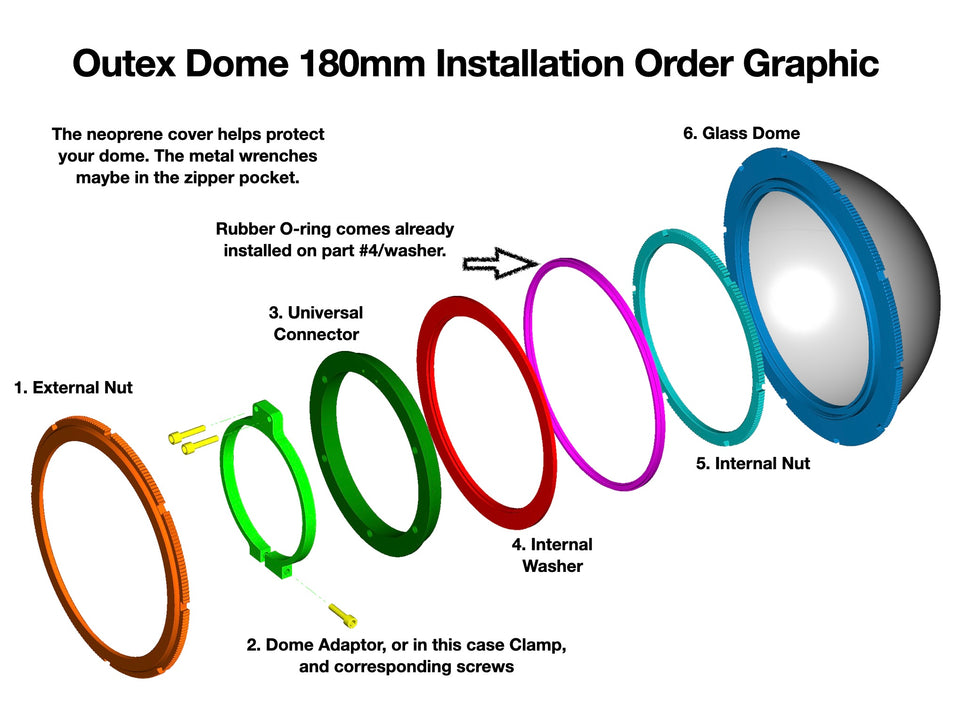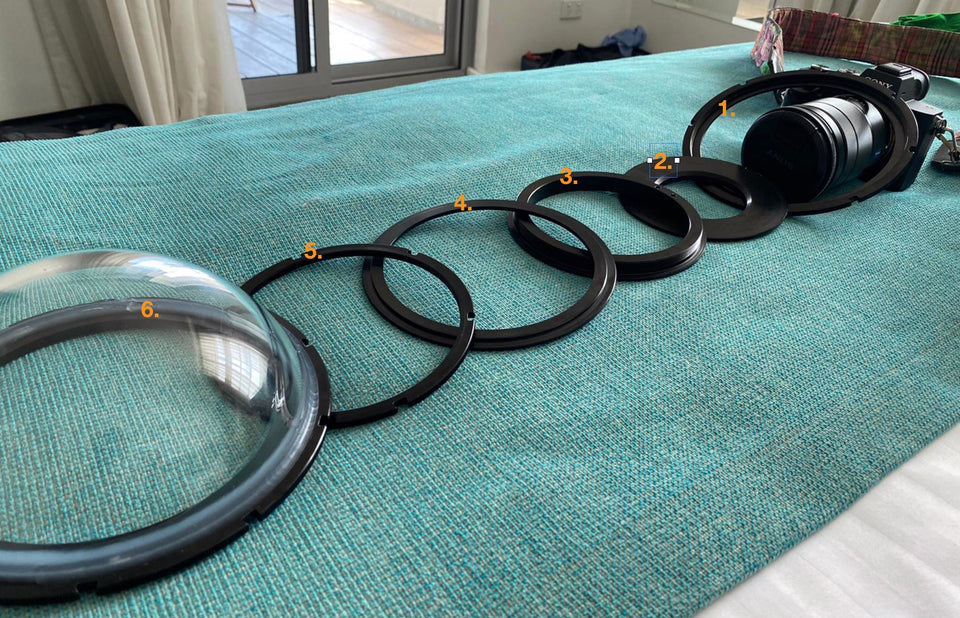- Watch the installation videos carefully. Details are important. The Outex system is designed to be simple, and to give you both visual, and tactile feedback.
- Perform the test. It will teach you good habits, and teach you critical basics.
- Practice a few times in a controlled environment. The first time is always the hardest. But you'll be a pro after a few uses, and you installation time will decrease dramatically over time.
Understanding our Underwater Camera Housings

Proper Installation is a Critical Component of Your Experience!
Pro Kits - For Cameras
(Include Cover, Front & Rear Glass, and Straps)
The above video is an installation overview that covers the basics of installing any of the Outex housings, including the covers, front and rear glass, and straps. For the Entry Kit, the process is similar but you have to insert the camera thru the front opening and there is no rear glass. There are specific videos showing different Outex products, add-ons, and accessories, such as tripod, flash, tethering, straps, domes, and other Outex housing components. Initial test without camera gear if you're doing it for the first time. Contact us if you have questions or need help.
Critical Components of Installation:
1. Cover lip is evenly distributed around the base of the inner flange of the Outex glass rings - around the base of the circumference.
2. Apply the L-shaped middle O-ring facing the right direction. The O-Ring acts as the "female" match to the Cover lip's "male". So the O-Ring opening faces downward towards the cover, creating the seal.
3. When threading/tightening the seal with the outer ring, create the pressure on the Outex parts, not the camera or lens. For example, on the front glass, one hand should hold the inner (inside the cover portion attached to the lens) portion of the flange, and the other hand should be holding the outer ring that threads onto it. This way you are applying pressure onto the seal, and not to the lens itself. The same applies on all/any of the Outex seals.
4. Always conduct the water test in a sink, tub, bucket, pool, or similar calm body of water if you're submerging the camera for use. This will confirm that your installation is correct. If you see continuous escaping air bubbles, repeat the sealing around the affected area (steps 1-3).
Pro Kit + Flash - For Cameras
(Detailed Installation Video)
Detailed Installation video for the Outex underwater camera housing system for the Pro Kit bundle that includes covers, front and rear glass ports, and waterproof test. This video also shown the on-board (hot shoe) flash installation details as reference.
Critical Components of Installation:
1. Cover lip is evenly distributed around the base of the inner flange of the Outex glass rings - around the base of the circumference.
2. Apply the L-shaped middle O-ring facing the right direction. The O-Ring acts as the "female" match to the Cover lip's "male". So the O-Ring opening faces downward towards the cover, creating the seal.
3. When threading/tightening the seal with the outer ring, create the pressure on the Outex parts, not the camera or lens. For example, on the front glass, one hand should hold the inner (inside the cover portion attached to the lens) portion of the flange, and the other hand should be holding the outer ring that threads onto it. This way you are applying pressure onto the seal, and not to the lens itself. The same applies on all/any of the Outex seals.
4. Always conduct the water test in a sink, tub, bucket, pool, or similar calm body of water if you're submerging the camera for use. This will confirm that your installation is correct. If you see continuous escaping air bubbles, repeat the sealing around the affected area (steps 1-3).
Domes - For Cameras
Clamp Installation example
Dome Adaptor & Clamp Installation example
Large Dome (180mm) installation order
1. Insert the external nut first thru the lens to prepare for the 2nd/final seal.
2. Secure dome to lens using the adaptor (threads) or clamp. Just enough to secure it. No need to over-tighten it.
3. Remove internal washes & nut.
4. Pull cover over the dome internal metal rim, using the rim as guide for the cover's "built-in" or ring. Ensure the cover lip is
evenly distributed around the metal rim.
5. Apply washer's "female" side against the cover's "male" o-ring.
6. Hand thread on internal nut to compress washer and create internal waterproof seal. Use one hand to hold the internal dome metal ring, as the other hand applies pressure on the nut. In other words, apply pressure to the seal - not the lens' filter thread. Just like an Outex flat port front glass.
7. Insert rubber o-ring into the dome's grove to create the 2nd/final seal.
8. Place/set it all into the dome itself.
9. Bring the external nut from step 1 towards it to thread on the final/2nd seal. Hand thread it first until it's nice and tight.
10. Use metal wrenches to apply addition pressure onto the seal. Ensure that you maintain the wrenches at 90 degrees from the
ridges to avoid stripping them. In other words, do not torque or twist them.
Cable Adaptor Installation & Tethering

The Outex system enables waterproof tethering with the use of our T covers and cable adaptors. You can connect data, power, and other cables* to your camera while maintaining the waterproof seal. The cable adaptor's patented system creates a waterproof seal so you can operate it normally. Jerk-Stoppers are encouraged as they prevent the wiring from coming undone inside the housing. Both 1st and 2nd generation covers work the same way, and the openings accommodate either/both tripod and/or cable adaptors thru the same Cover openings. We offer both single (T1 and double T2) opening covers. The openings are located on the bottom of the cover for 1 opening, and bottom + side for T2 covers.
Cable Adaptor, Tripod, Tethering Installation
As you can see from our thousands of customers on every continent, military users, online community, etc, Outex is designed to protect your gear in any environmental condition and underwater (down to 10 meters/33feet) using a mirrorless underwater housing system. Always follow the installation instructions from the videos, especially as it relates to the seals. Contact us if you have questions or need help.
When used underwater (including in & out of the water) for extended periods of time (2+ hours), please monitor/check frequently to ensure the seals are firm/secure and re-tighten the seals as needed. Extended manipulation of the camera inside the housing/cover sometimes loosens the seal and can lead to leaks over time. By re-tightening and checking over time you're reducing the chances of an accidental breach.
Critical Components of Installation:
- Cover lip is evenly distributed around the base of the inner flange of the Outex glass rings - around the base of the circumference.
- Apply the L-shaped middle O-ring facing the right direction. The O-Ring acts as the "female" match to the Cover lip's "male". So the O-Ring opening faces downward towards the cover, creating the seal.
- When threading/tightening the seal with the outer ring, create the pressure on the Outex parts, not the camera or lens. For example, on the front glass, one hand should hold the inner (inside the cover portion attached to the lens) portion of the flange, and the other hand should be holding the outer ring that threads onto it. This way you are applying pressure onto the seal, and not to the lens itself. The same applies on all/any of the Outex seals.
- Always conduct the water test in a sink, tub, bucket, pool, or similar calm body of water if you're submerging the camera for use. This will confirm that your installation is correct. If you see continuous escaping air bubbles, repeat the sealing around the affected area (steps 1-3).




